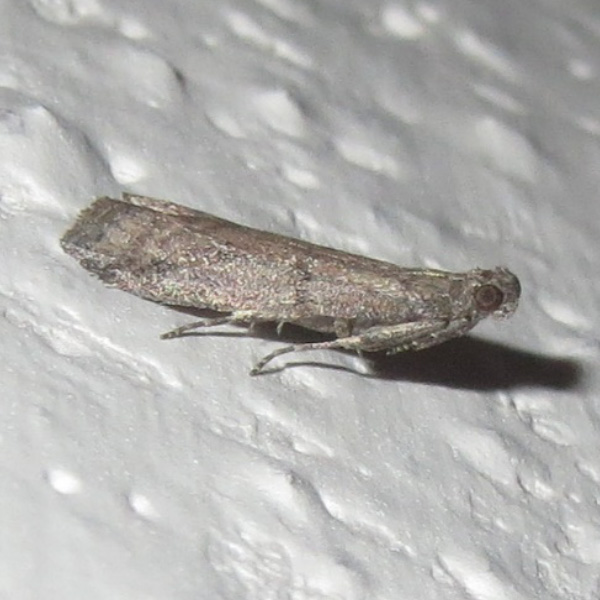Moth catcher
Moth catcher Overview
A sturdy, waterproof plastic trap for moths, designed to make monitoring of key moth pests simple and efficient.
The yellow sticky liners and bottoms which are also available, ensure that pest catches stay trapped and can be easily removed.
The moth catcher can be used with the Xlure four seasons or PE Lure when monitoring food moths.
Benefits
- Durable permanent trap designed for long term monitoring of stored product moths.
- Can be placed in a grid formation thoughout a building to keep moth populations low.
- High capacity to hold hundreds of moths.
- Waterproof and efficient in dusty areas.
- Replaceable liner coated in non-drying glue.
- Shaped yellow liner proven to add visual attraction to the trap.
- Slow-release, long-life pheromone dispenser is sealed in a foil pouch to ensure efficacy and non-contamination.
- Insecticide free and non-toxic.
- Cap and cage provided for lure placement.
- Liners and lures can be purchased separately.



